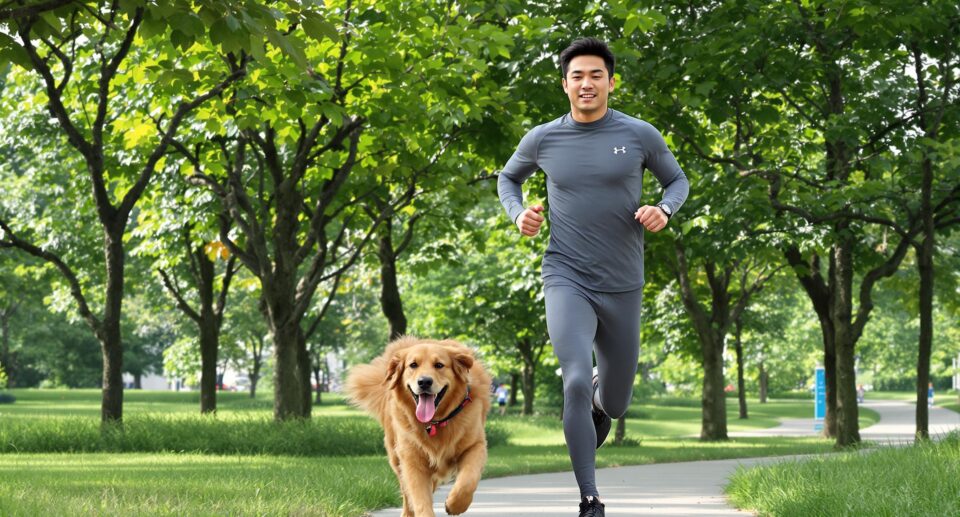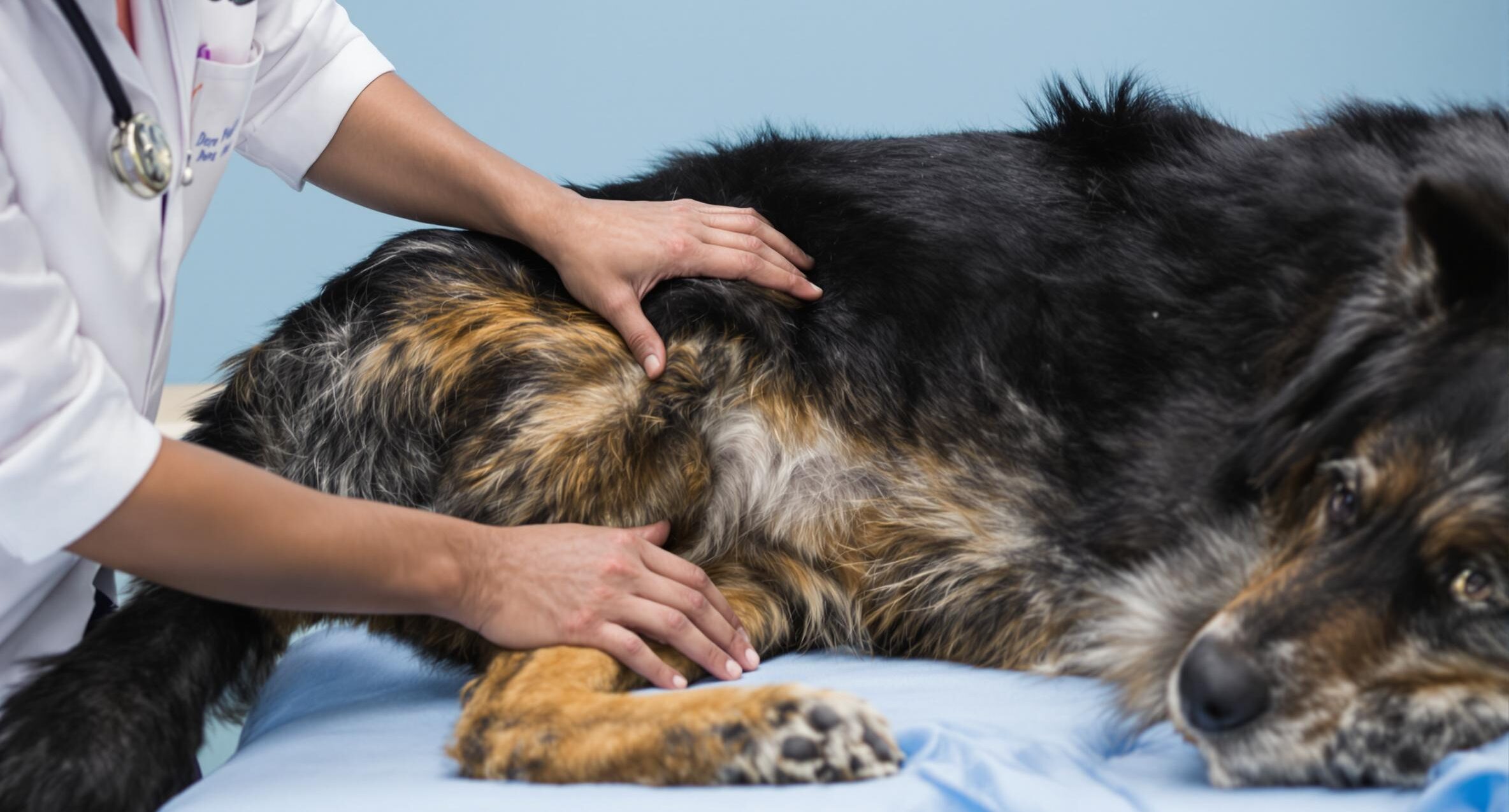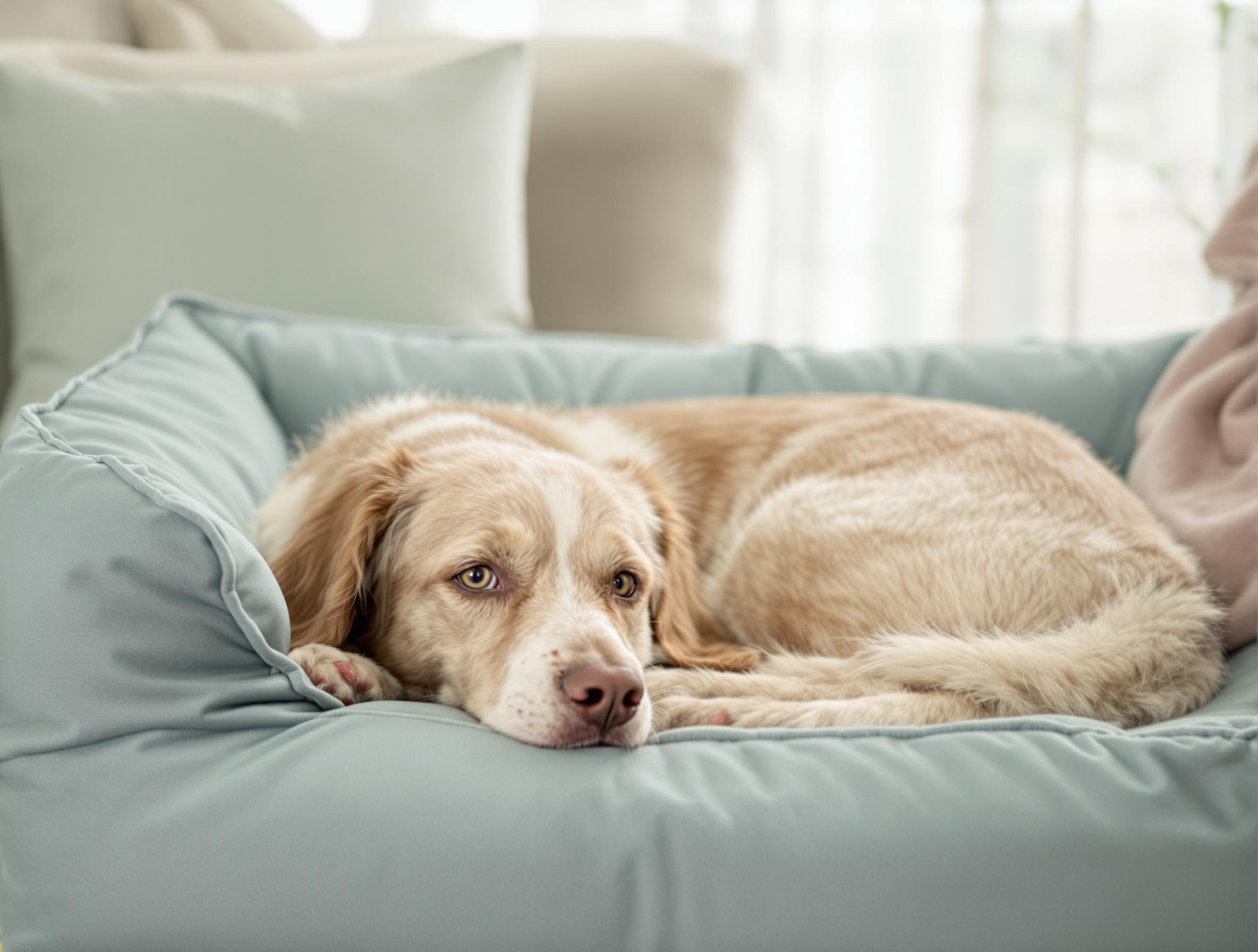
Key takeaways:
- Training your dog to run with you requires patience, starting with leash manners and short running intervals before increasing distance.
- Safety is key—use the right gear, check the temperature, and monitor your dog’s energy levels to prevent exhaustion or injury.
- A proper cooldown, hydration, and post-run care help ensure a fun, healthy, and sustainable running routine for both you and your dog.
Running with your dog can be a fantastic way to stay active together, but without proper training, it can also lead to frustration. Many dogs struggle with leash pulling, sudden stops, or getting overly excited by their surroundings. Teaching them to run with control and focus makes all the difference in creating an enjoyable routine.
Starting slow, building endurance, and using the right techniques can help your dog adjust to running alongside you. At PetHealthMD, we’re here to guide you through the process so you can create a smooth and rewarding routine. With the right approach, running together can become one of the best parts of your day.
The benefits of running with your dog: more than just exercise
If your dog loves to move, running together can be one of the best ways to keep them happy and engaged. It’s not just good for their body—it helps with behavior, energy levels, and overall connection. Here’s why a running buddy with four legs might be the best one you’ll ever have:
- Boosts health and endurance – Running strengthens muscles, improves heart health, and helps maintain a healthy weight. Over time, your pup will be able to keep up with longer distances without tiring out.
- Helps with behavior – A bored or restless dog is more likely to chew furniture, dig holes, or bark nonstop. A good run helps burn off extra energy, leading to a calmer, more content pup.
- Supports better sleep and routine – Exercise plays a big role in helping dogs settle into a daily rhythm, making mealtimes, training, and bedtime easier for both of you.
- Strengthens your bond – Running together teaches your dog to trust your guidance, stay in sync with your pace, and respond to your movements—all without the need for extra commands.
Every run is a chance to grow closer to your pet. Before long, your dog won’t just see running as exercise—they’ll see it as quality time with you.
How to train a dog to run with you: building a routine
Running with your dog can be a fun way to stay active, but it’s not as simple as clipping on a leash and taking off. Dogs need time to build endurance and learn proper running etiquette. With a bit of training and consistency, you can turn your pup into the perfect running buddy.
Start with obedience basics
Before picking up the pace, make sure your dog has mastered loose-leash walking. If your dog tends to pull or zigzag on walks, running will only make that habit worse. First, practice “heel” and “stay” commands in a controlled environment. Once your dog consistently walks beside you without yanking, it’ll be better prepared for a smooth run.
Introduce short running intervals
Your dog won’t be ready for a full-on jog right away, and that’s okay! Start with short running bursts—30 seconds of running followed by a few minutes of walking. Watch their reaction and adjust based on their comfort level. Younger, high-energy dogs may be eager to go longer, while older or smaller breeds may need extra time to build stamina and endurance.
Use clear running cues
Just like training any new skill, consistency is key. Choose simple commands like “let’s go” for running and “easy” for slowing down. Pair these with positive reinforcement, like dog treats or praise, so your dog learns to respond reliably. This helps them understand when it’s time to speed up and when to take it easy.
Pick interesting routes
Running the same loop every day can get boring for both of you. Switching things up—whether it’s a scenic trail, a quiet neighborhood, or a dog-friendly park—keeps your pup engaged. New smells, sights, and surfaces make the experience more stimulating, which can help prevent distractions like chasing after a squirrel mid-run.
Best practices for dog running safety: keeping your companion safe

A safe and enjoyable run with your dog starts with the right preparation. Whether you’re jogging through the neighborhood or hitting the trails, taking a few extra precautions will help keep your running buddy healthy and happy.
- Choose the right gear – A comfortable harness with plenty of shoulder movement is better than a collar for running. Hands-free leashes provide better control, and reflective accessories improve visibility in low light.
- Check the temperature – Pavement heats up fast and can burn paw pads. Before heading out, touch the ground with your palm—if it’s too hot for your hand, it’s too hot for your dog. In colder months, steer clear of salted roads, which can irritate paws.
- Pack the basics – Water is a must, along with a collapsible bowl for easy drinking. Bring waste bags to clean up after your pup and a small first-aid kit in case of minor scrapes. Make sure their ID tags and microchip info are up to date.
- Pay attention to their energy – If your dog slows down, pants harder than usual, or seems hesitant, it’s time for a break. A quick paw check before and after the run helps catch any cuts or irritation.
- Take regular breaks – Plan short stops every 15-20 minutes to offer water and let your dog catch their breath. These pauses keep your run enjoyable and prevent exhaustion.
Being mindful of your dog’s comfort and energy levels will help make running a positive experience for both of you. With some planning, your outings can be fun, safe, and something you both look forward to.
Cooling down after a run with your dog: essential recovery steps
Easing into rest after a run is just as important as the workout itself. A 5-10 minute walk lets your dog’s breathing and heart rate gradually return to normal, reducing the risk of stiff muscles. If they start lagging, panting heavily, or seeming less responsive, they might need a longer cooldown. Let them slow down at their own pace, and avoid making abrupt stops right after intense exercise.
Water breaks should be handled with care after exercise. Instead of letting your dog drink a large amount all at once, offer small portions every few minutes. This helps prevent discomfort and allows their body to rehydrate properly.
To complete their post-run routine, spend a few minutes checking for any muscle tension. A gentle massage along their back and legs can ease any tightness and give you a chance to notice sore spots. Providing a dedicated resting area with a soft mat in a calm space encourages full recovery.
Making running a rewarding part of your dog’s life
Running together is about building trust and communication between you and your dog. With the right training, they’ll learn to pace themselves, follow cues, and stay engaged throughout your run.
PetHealthMD offers training advice and safety tips to help you create a running routine that works for both you and your dog. With consistency and the right guidance, you’ll soon have a reliable running partner ready to hit the road with you.





